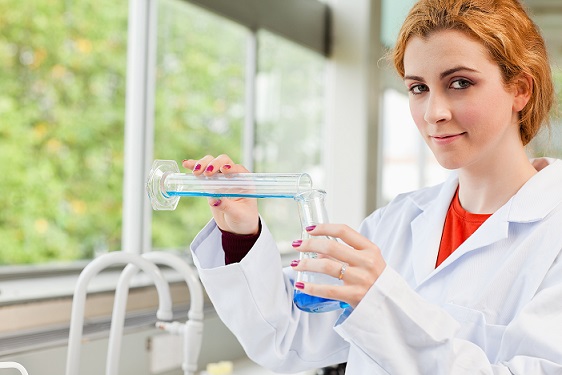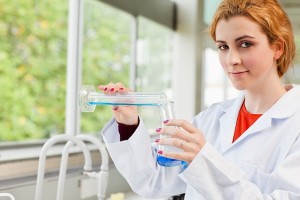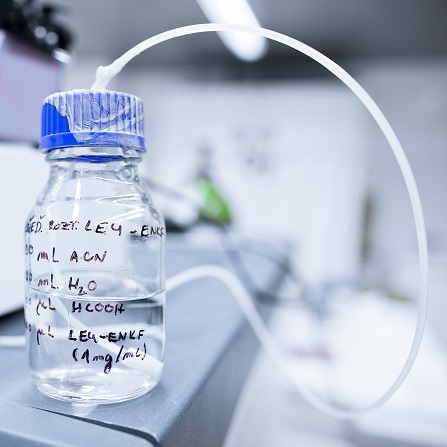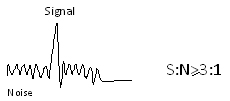How to Mix HPLC Mobile Phase Solvents for consistency of results?


A single solvent seldom meets the requirements for separations carried out using HPLC. In most cases two or more solvents are required to be mixed. In isocratic operation the composition is pre- decided and remains unchanged during the analytical run. On the other hand in gradient elution the final solvent composition is a lot different from the initial composition and changes are programmed during the course of analysis.
In isocratic mode solvent mixtures are prepared and mixing is carried out off-line Considerations for mixing of HPLC mobile phase solvents off-line discusses the role of physical properties of individual solvents to be mixed. The present article discusses the importance of adopting same mixing practice for ensuring consistency of results.
Stoichiometric mixing is an objective which is seldom achieved. Even when volumetric measurement errors are eliminated heat of mixing prevents exact mixing of solvents. Energy in the form of heat is either absorbed or liberated during the physical mixing of solvents. This results in temperature changes which lead to changes in volume of mixing of solvents. Methanol and acetonitrile are two commonly used solvents in HPLC separations. Methanol on mixing with water results in libetration of heat which can increase the volume after mixing. On the other hand acetonitrile on mixing with water results in absorption of heat resulting in cooling and contraction of mixed volume. Such composition variations result in noticeable changes of polarity of mixtures which have observable variations in separation characteristics of sample molecules.
Mixing Practices for Solvents
Mixing of solvents is an elementary operation which is picked up easily. Two mixing practices commonly adopted are:
Separate volumetric measurements
As an example suppose you are required to prepare a one liter mixture of methanol and water having 60% water and 40% methanol. In this method 600 ml of water are measured in a graduated cylinder and transferred to a mixing beaker. Next 400 ml of methanol is measured in the graduated cylinder and is transferred to the water in the mixing beaker and the mixture is stirred for even mixing. Due to heat of mixing temperature rise will result in final volume above 1000ml.
Make-up of mixed volume
In this method you would measure 600 ml of water in a graduated cylinder and then make up volume to 1000 ml mark with methanol. The total volume is then transferred to the mixing beaker for uniform mixing.
Theoretically both the methods serve the requirements of mixing solvents but the volumetric variations are found to be different for both the methods. It is therefore important to adopt the same mixing method for consistency of separations. In case of buffers pH is adjusted in the aqueous phase prior to mixing with the organic phase.
In case of online mixing pure mobile faces are kept in separate bottles and mixed in the desired proportion with the help of pomp proportionating valves. Near stoichiometric mixing is possible after corrections for heat of mixing are applied through the software.
Hopefully the article has served to emphasize the need for adopting the same mixing procedure every time. Please show and share your opinion and offer your valued comments.





Hallo Dr. Bhanot. First of all thank you very much for your useful and interesting posts on HPLC. I have a question regarding the topic of mixing solvents in isocratic methods: what is better, mix them offline or online? I learnt that it is more adecuate offline due to the effects of temperature and volume changes that may badly influence the chromatography and damage the pumps in long term and so on. However, another approach is that pumps mix more accurate than people and thus isocratic HPLC will be performed by mixing solvents in the mixing chamber. Thank you very much in advance!
Many thanks Garcia for appreciating our efforts.Online mixing is preferable due to its accuracy over offline mixing. The software on modern systems compensates for volume changes, if any. The temperature changes are not significant enough to affect the chromatography or damage any internal components.